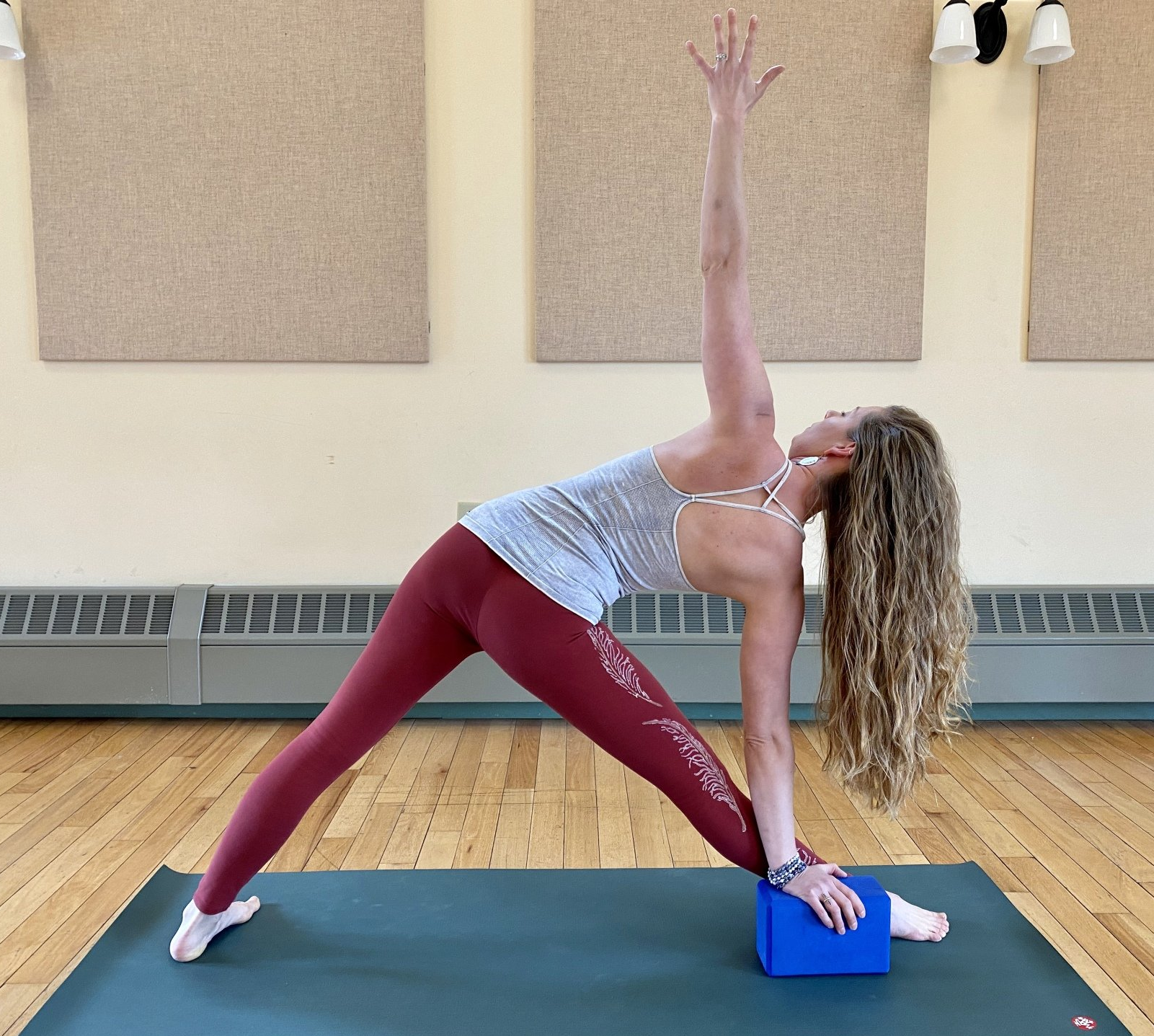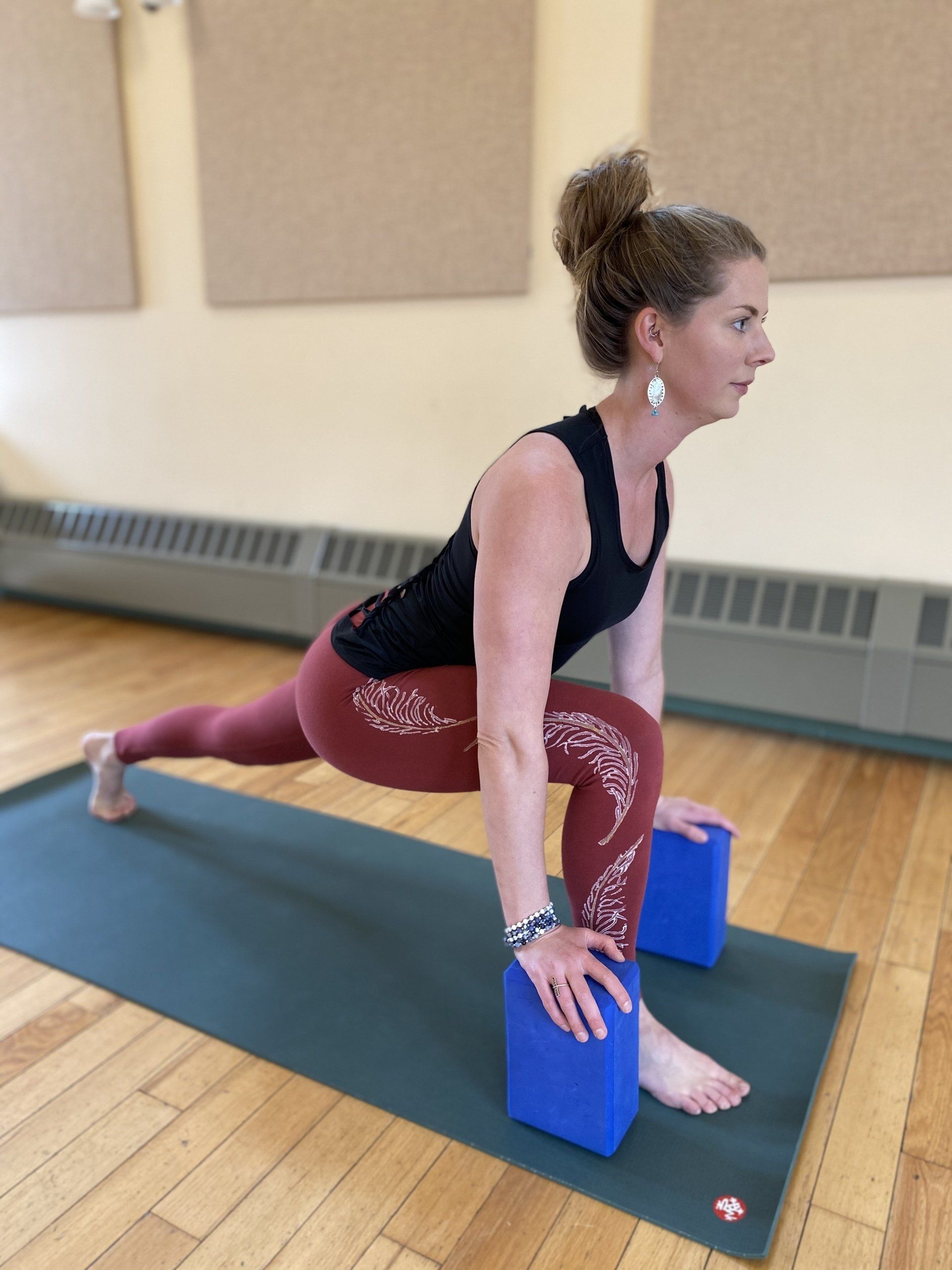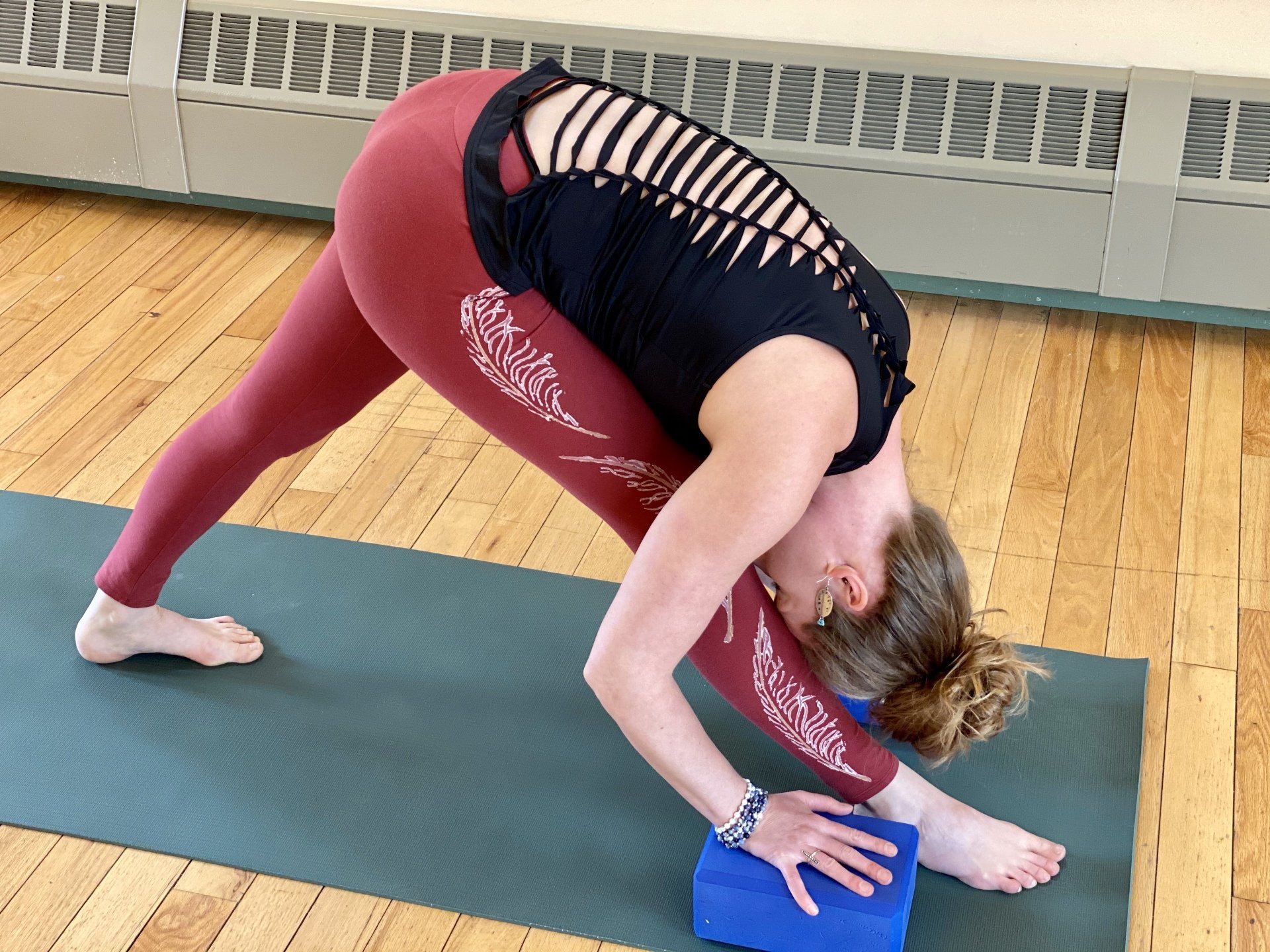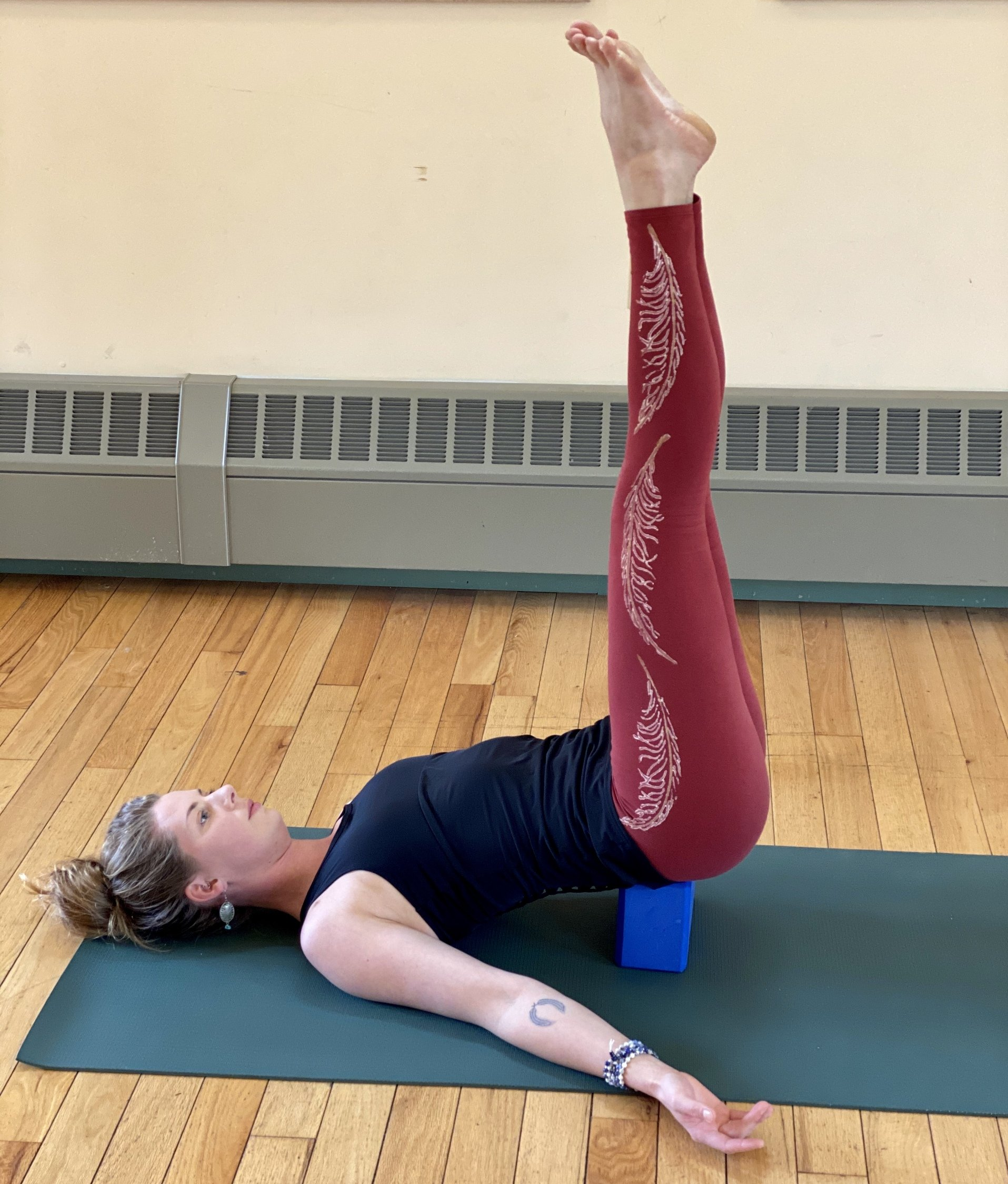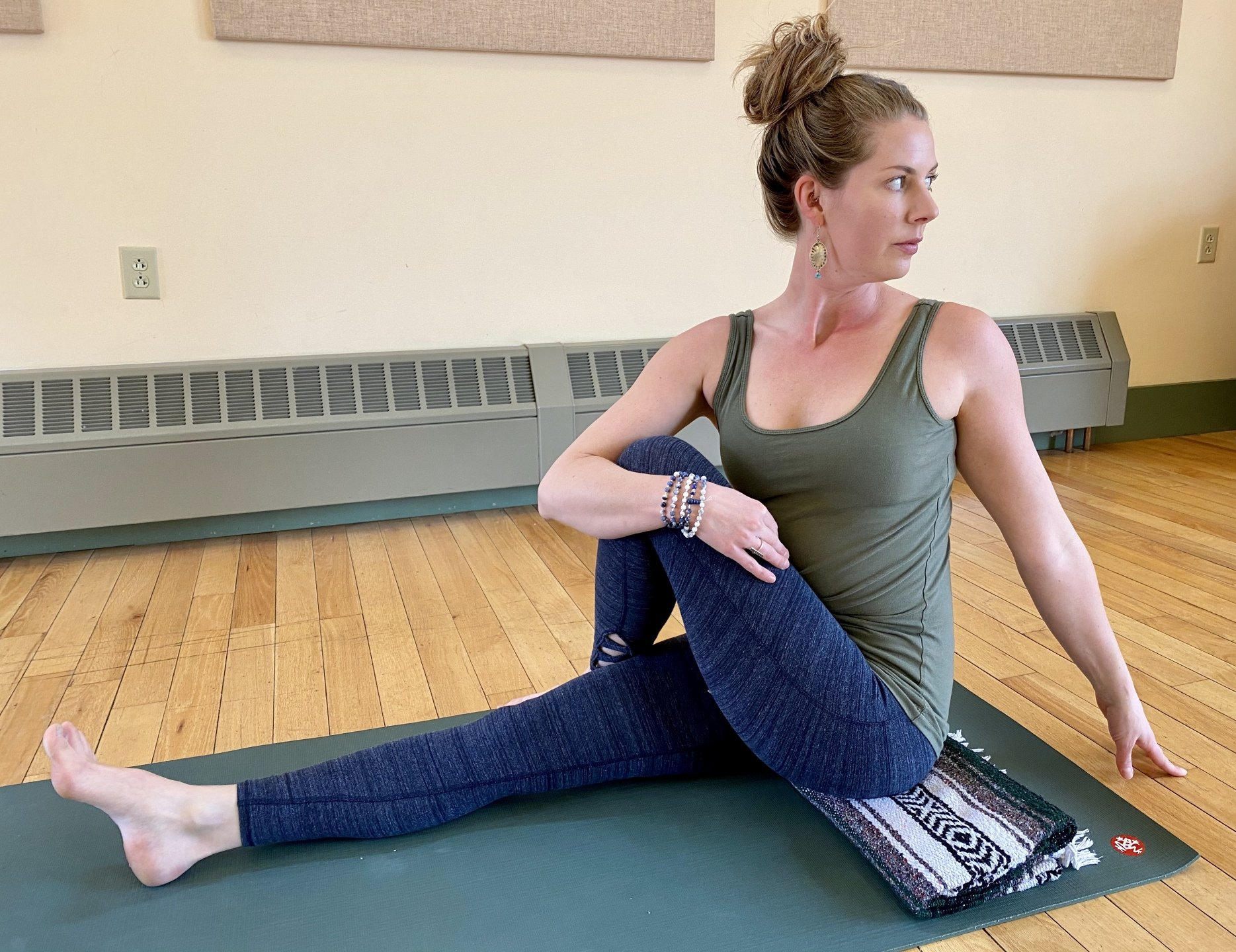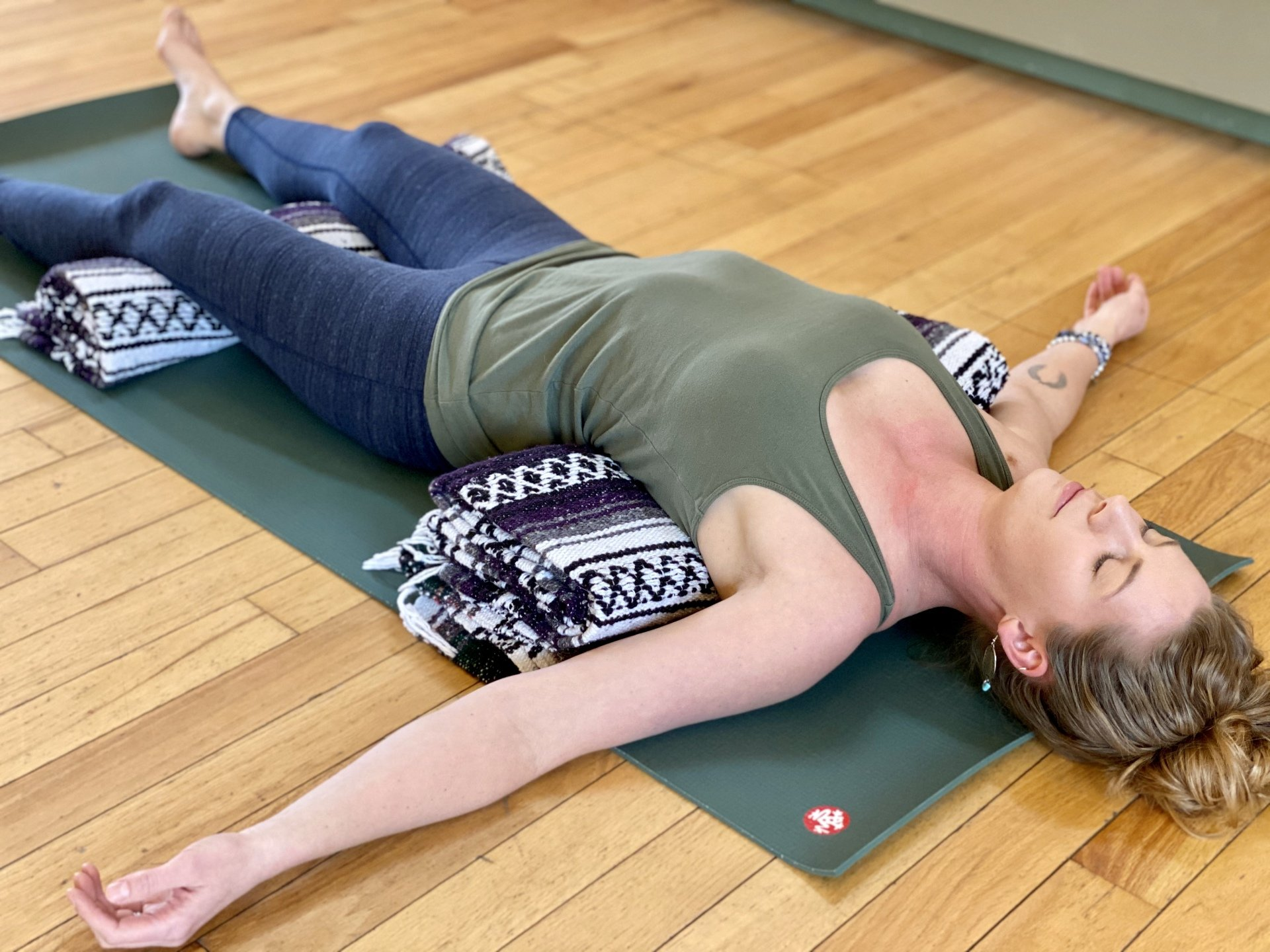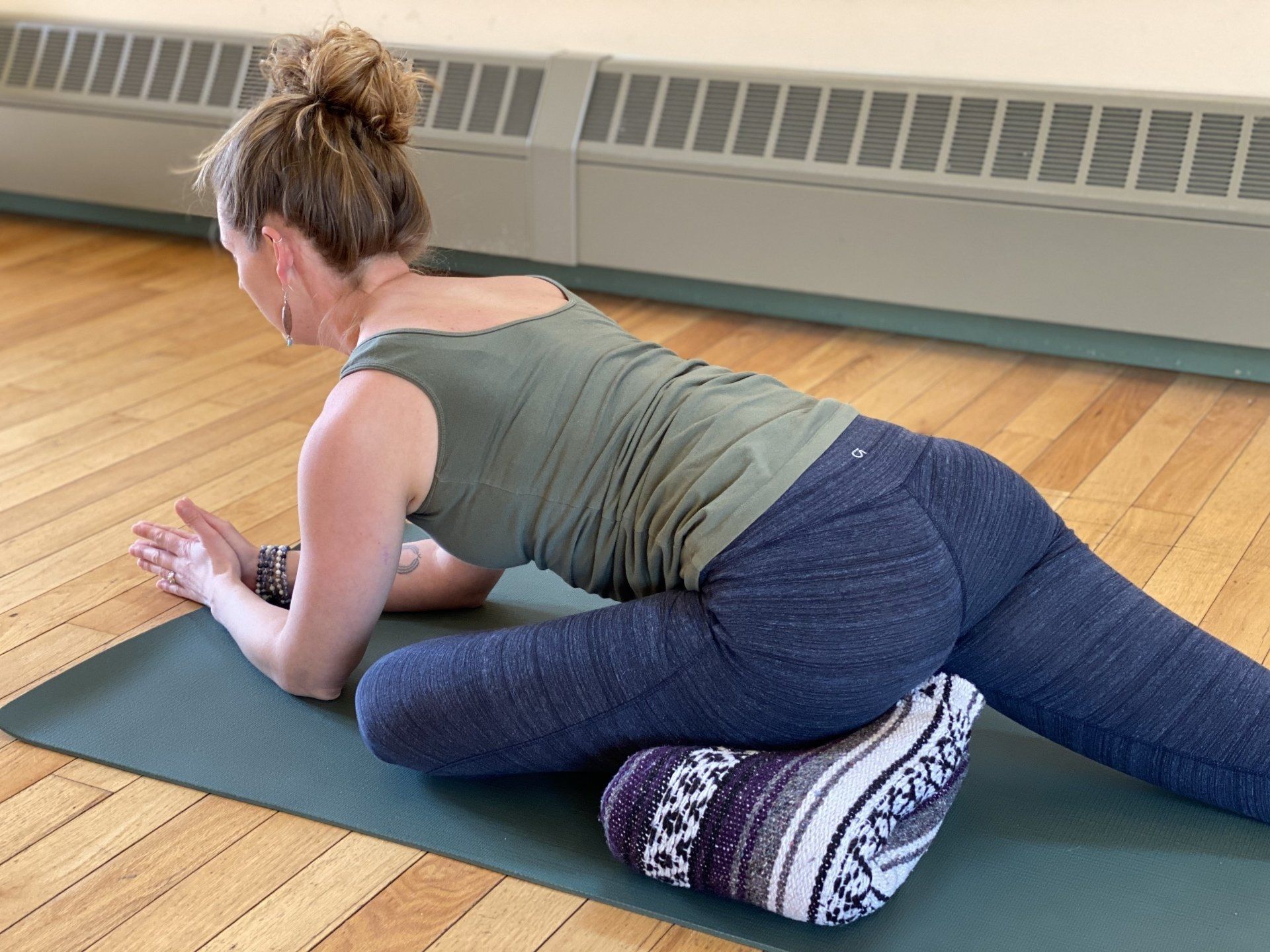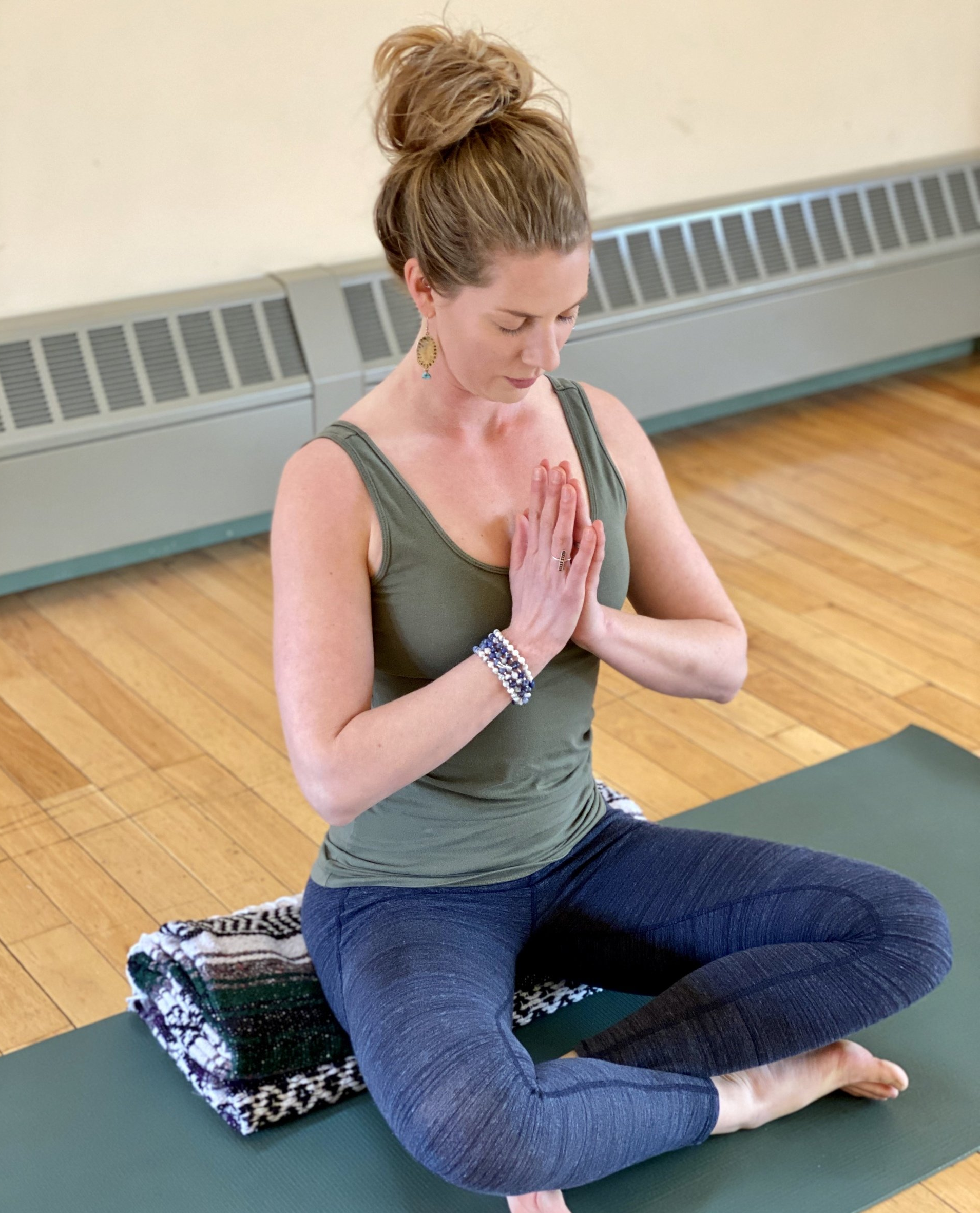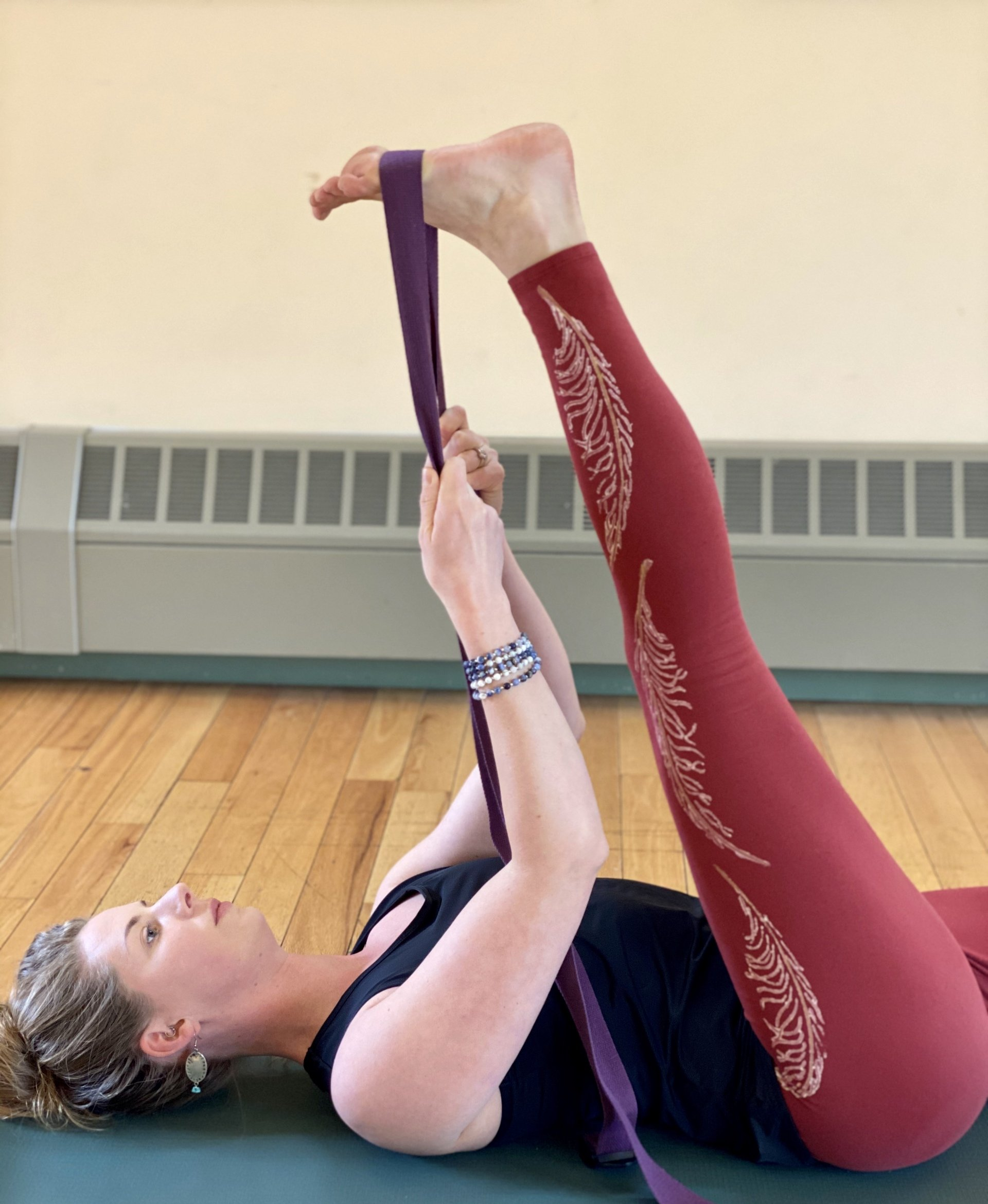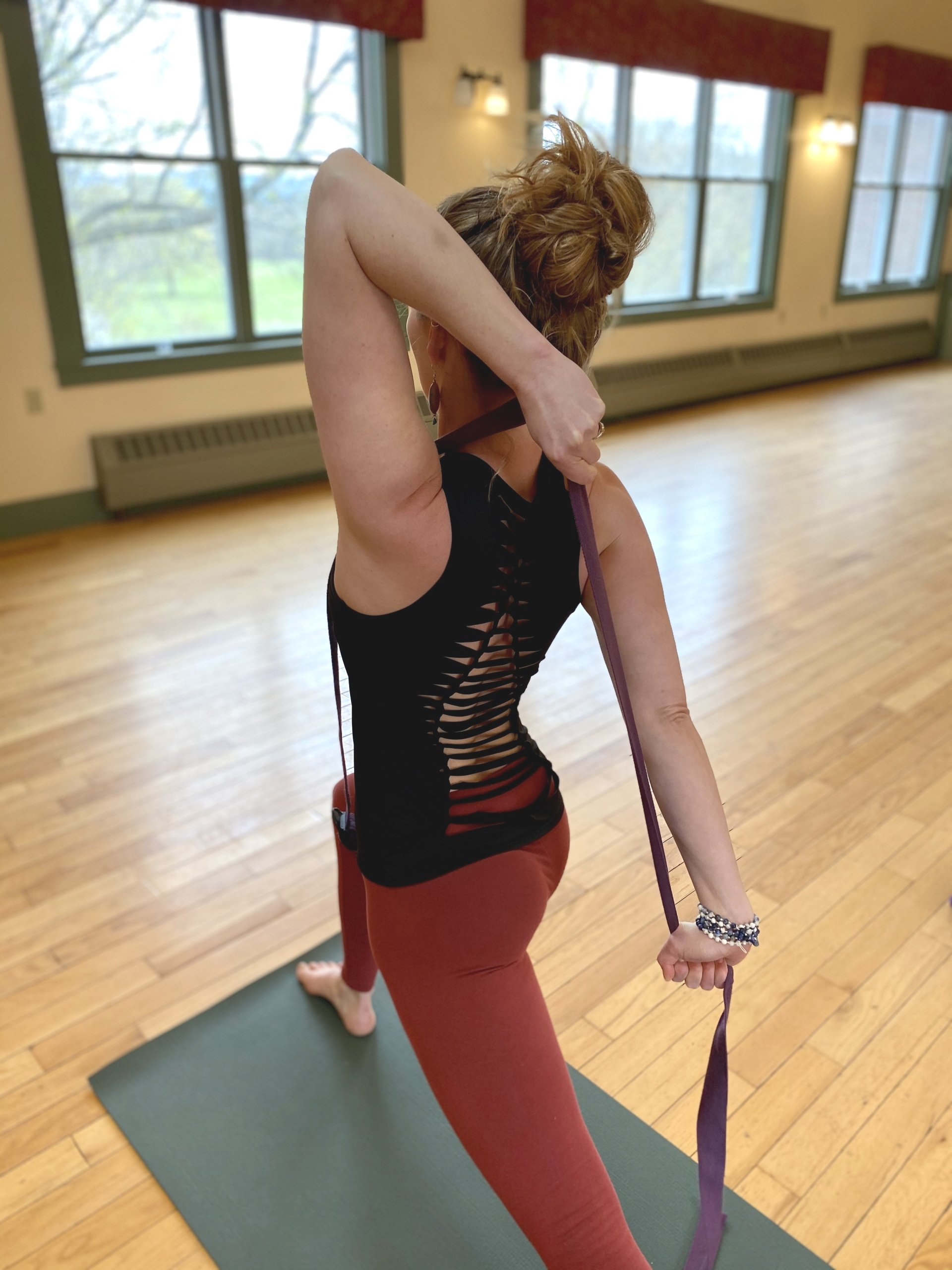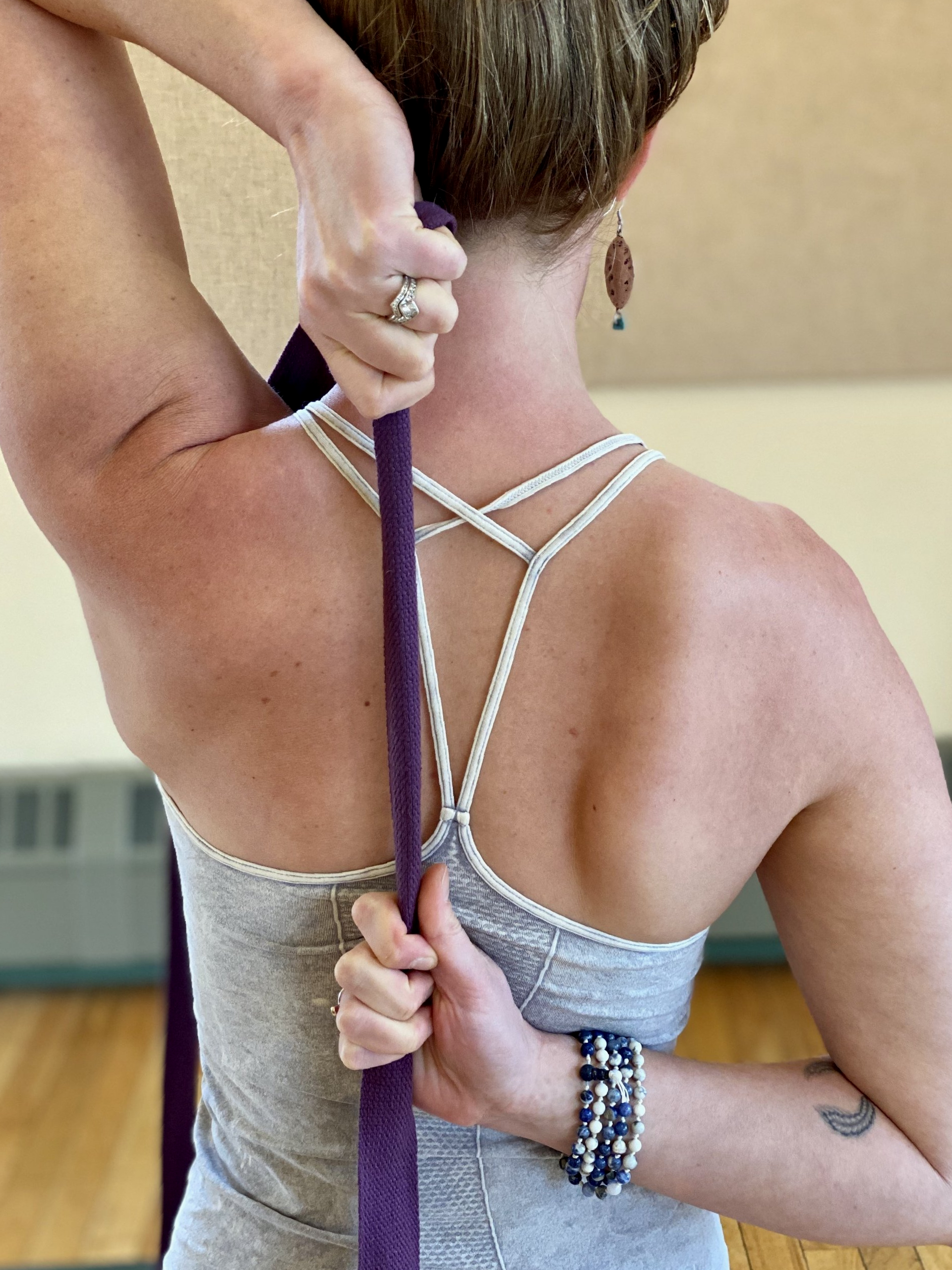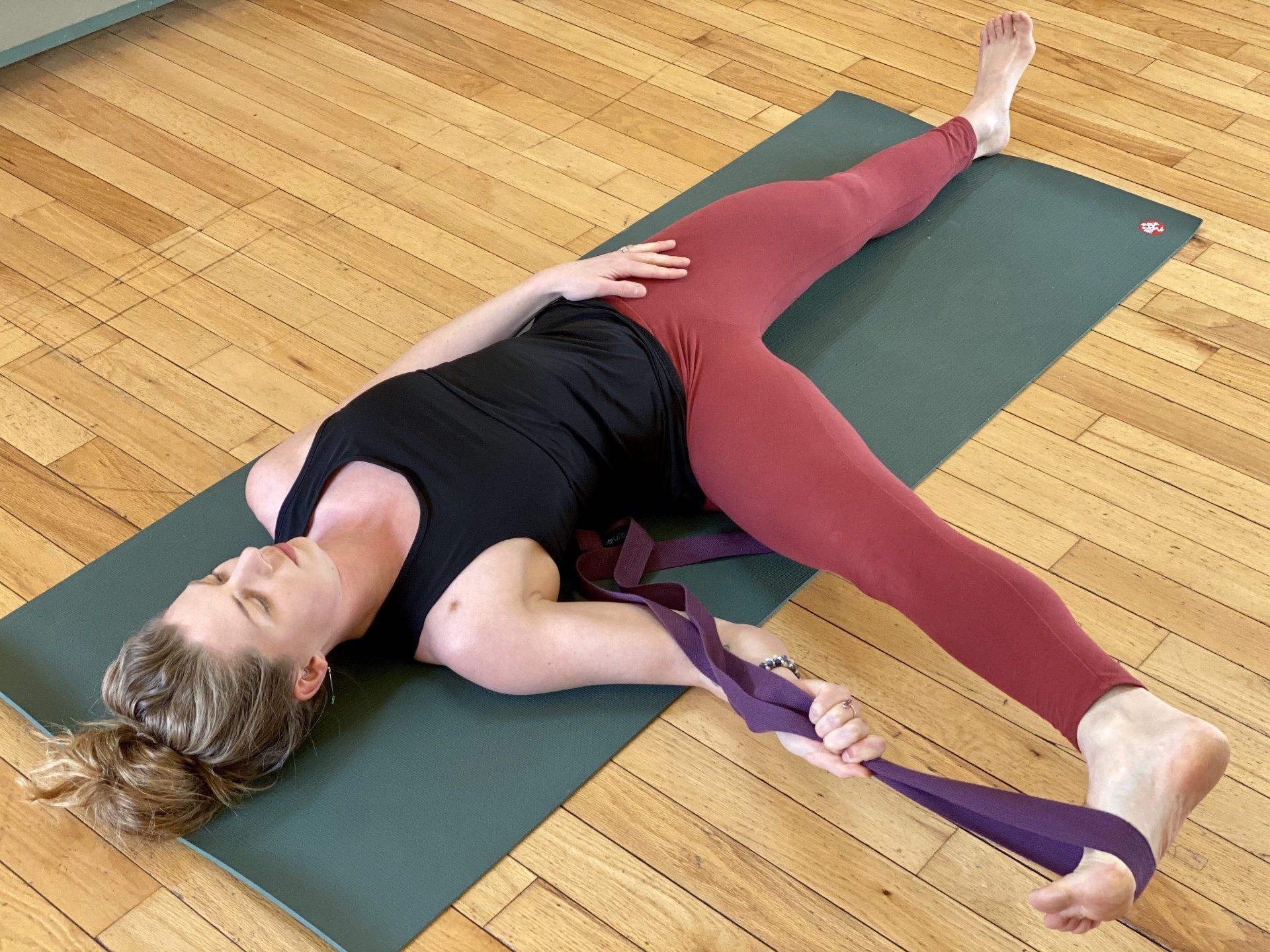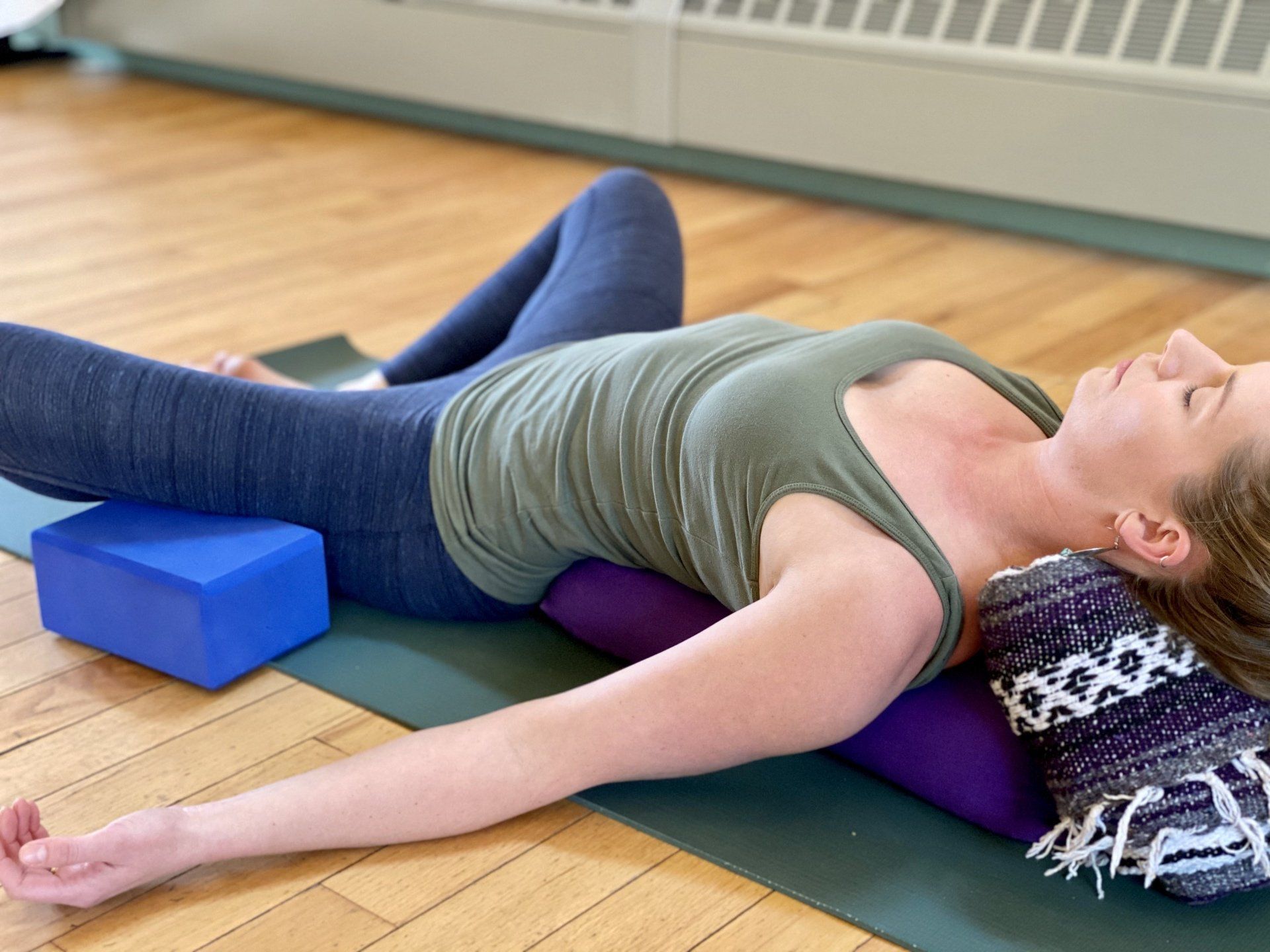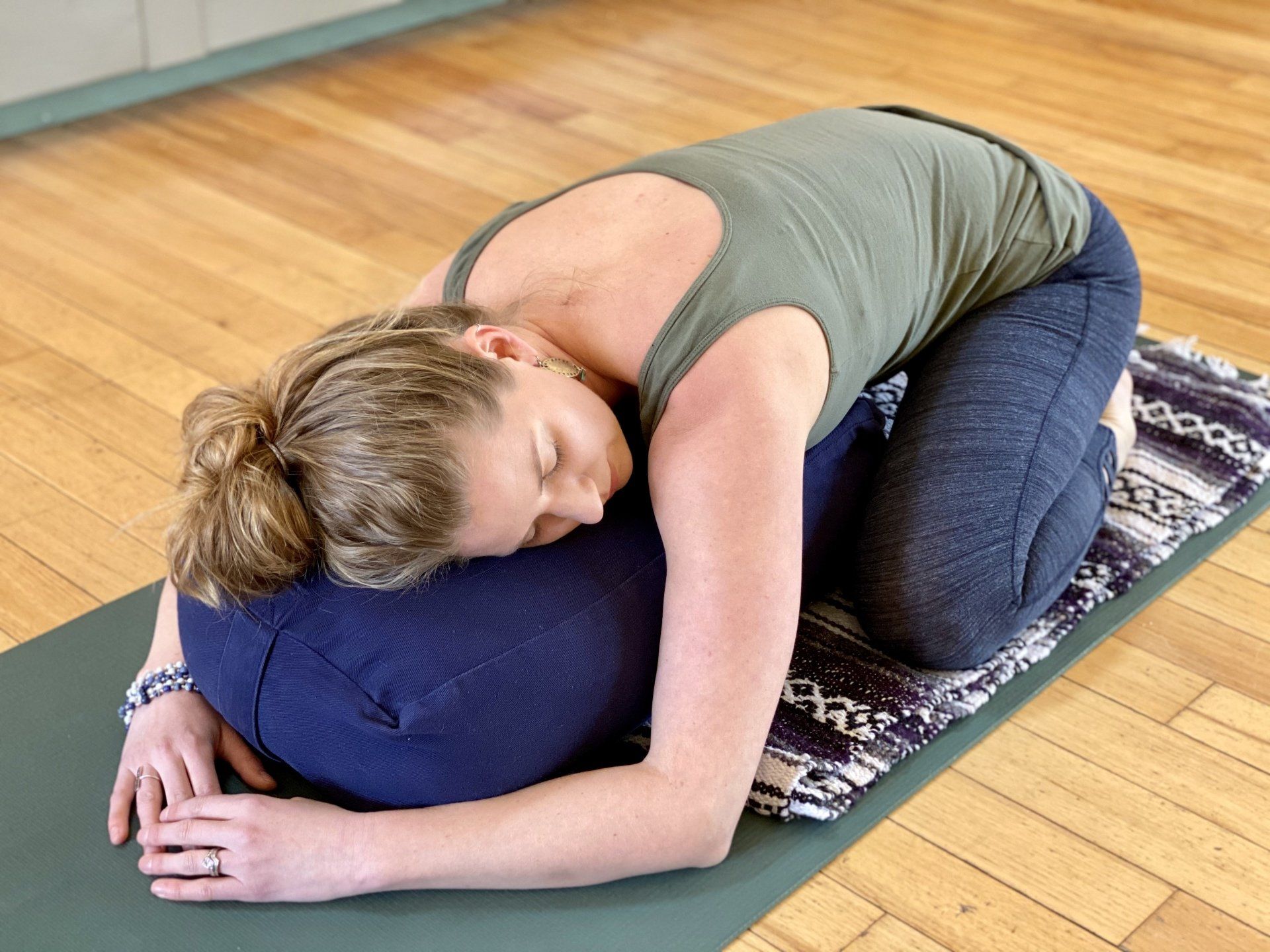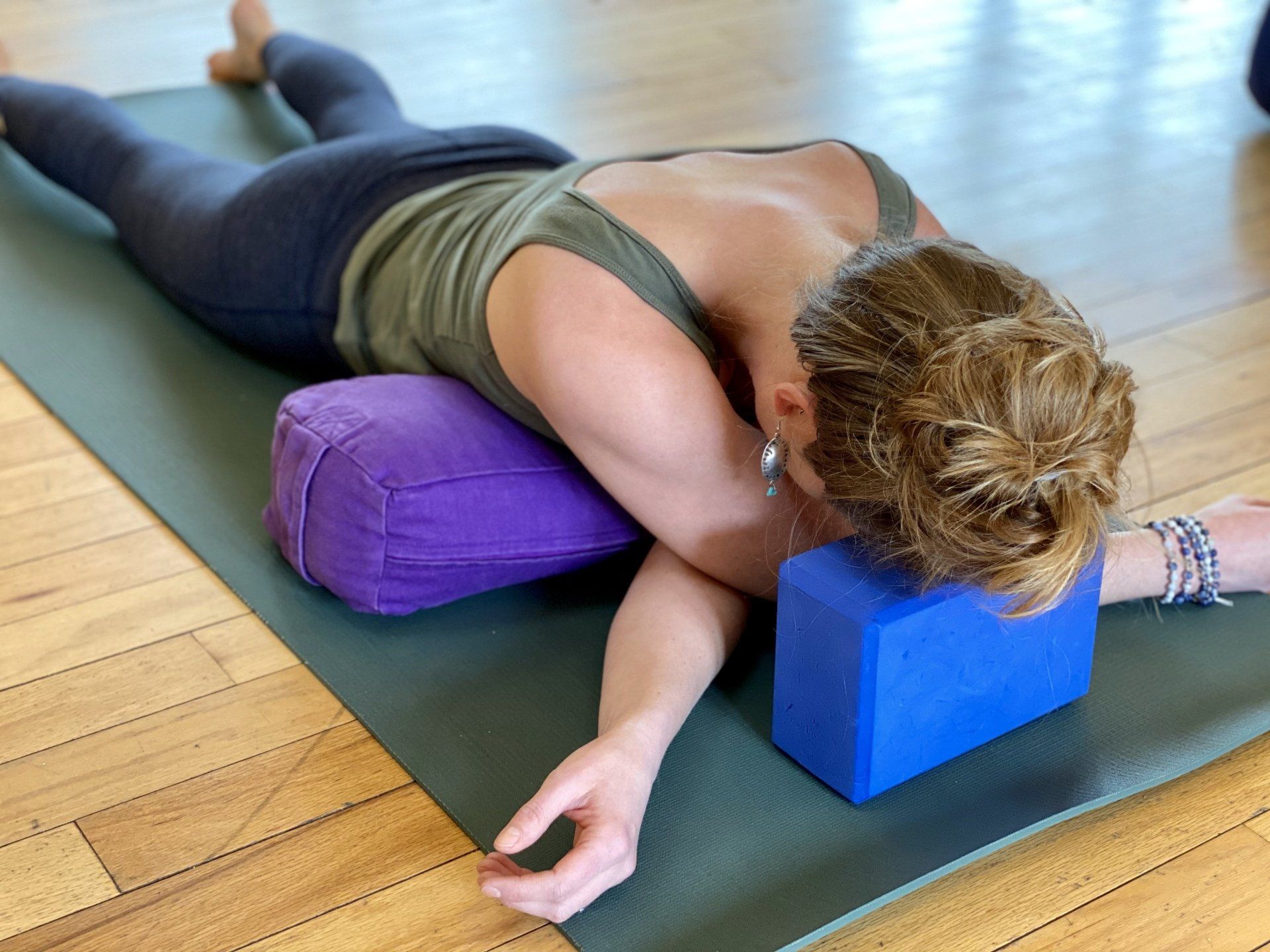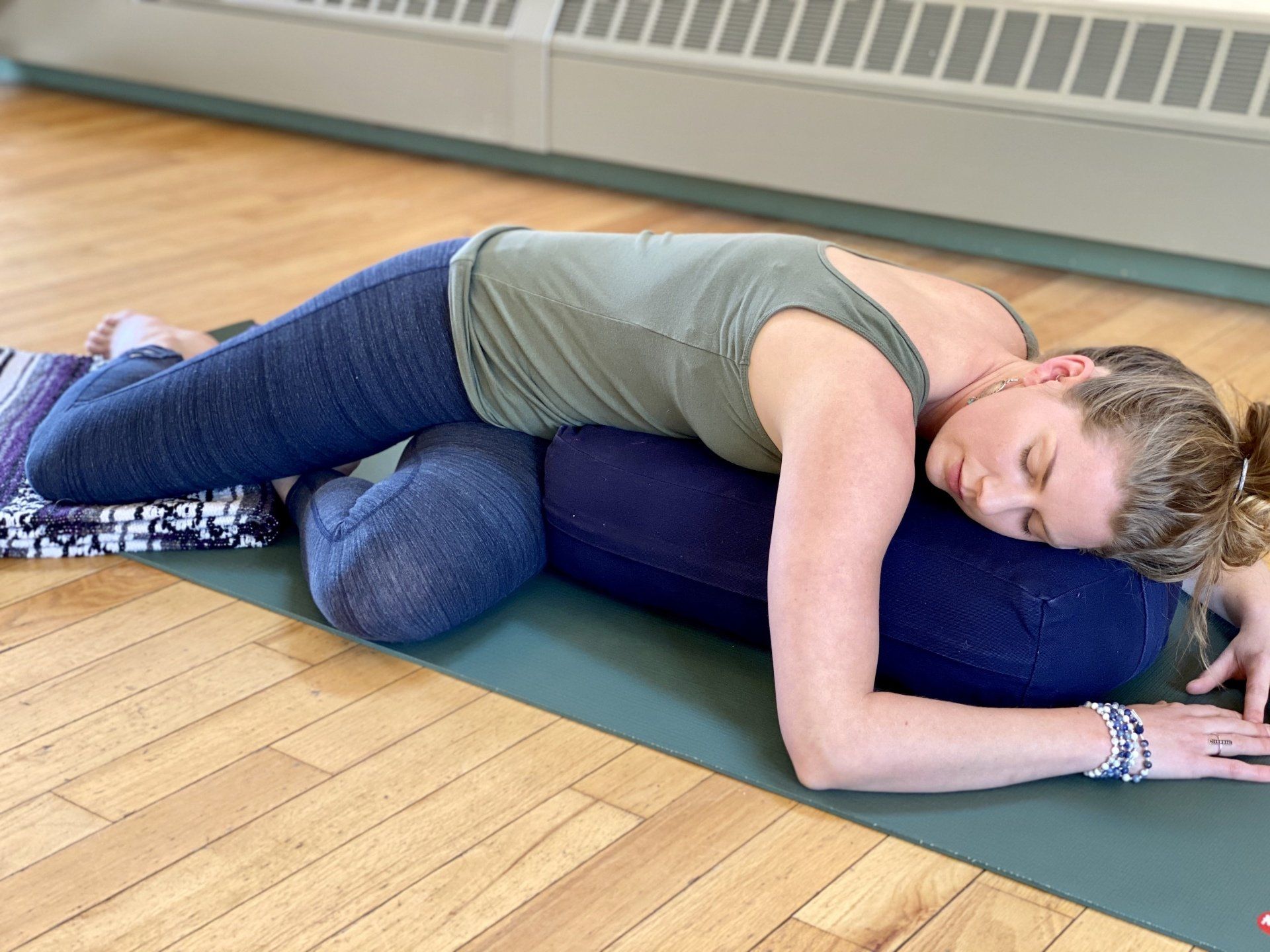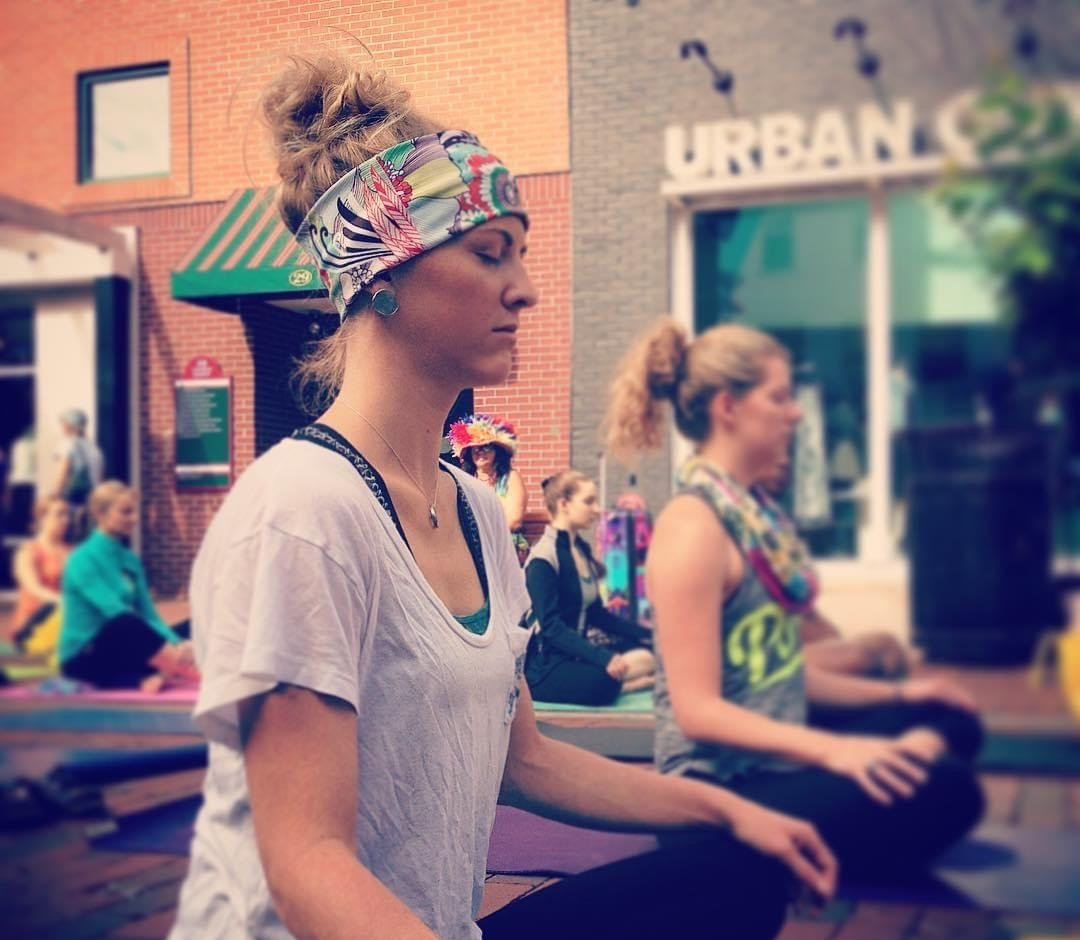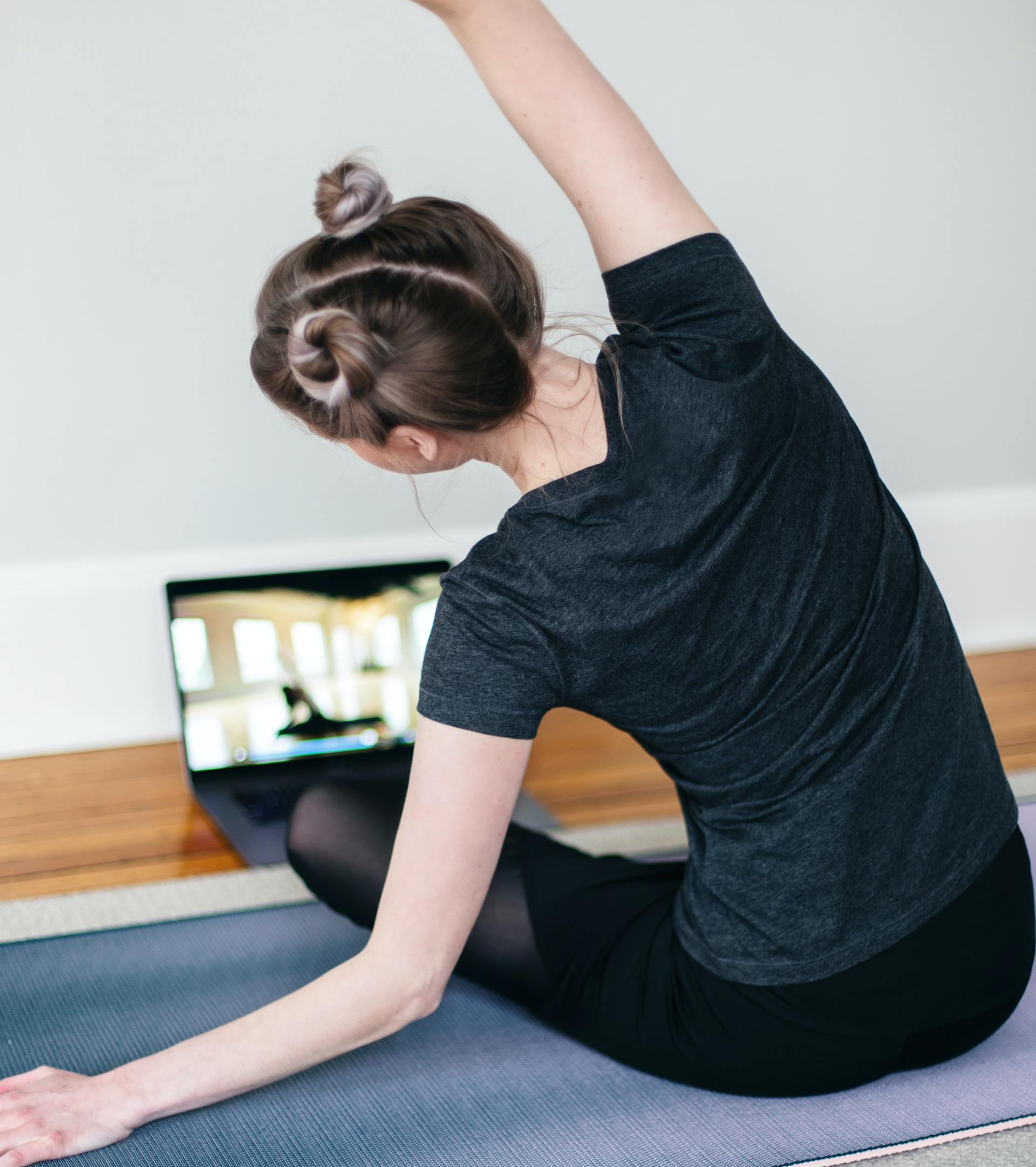Your Go-To Guide for Purchasing Yoga Props.
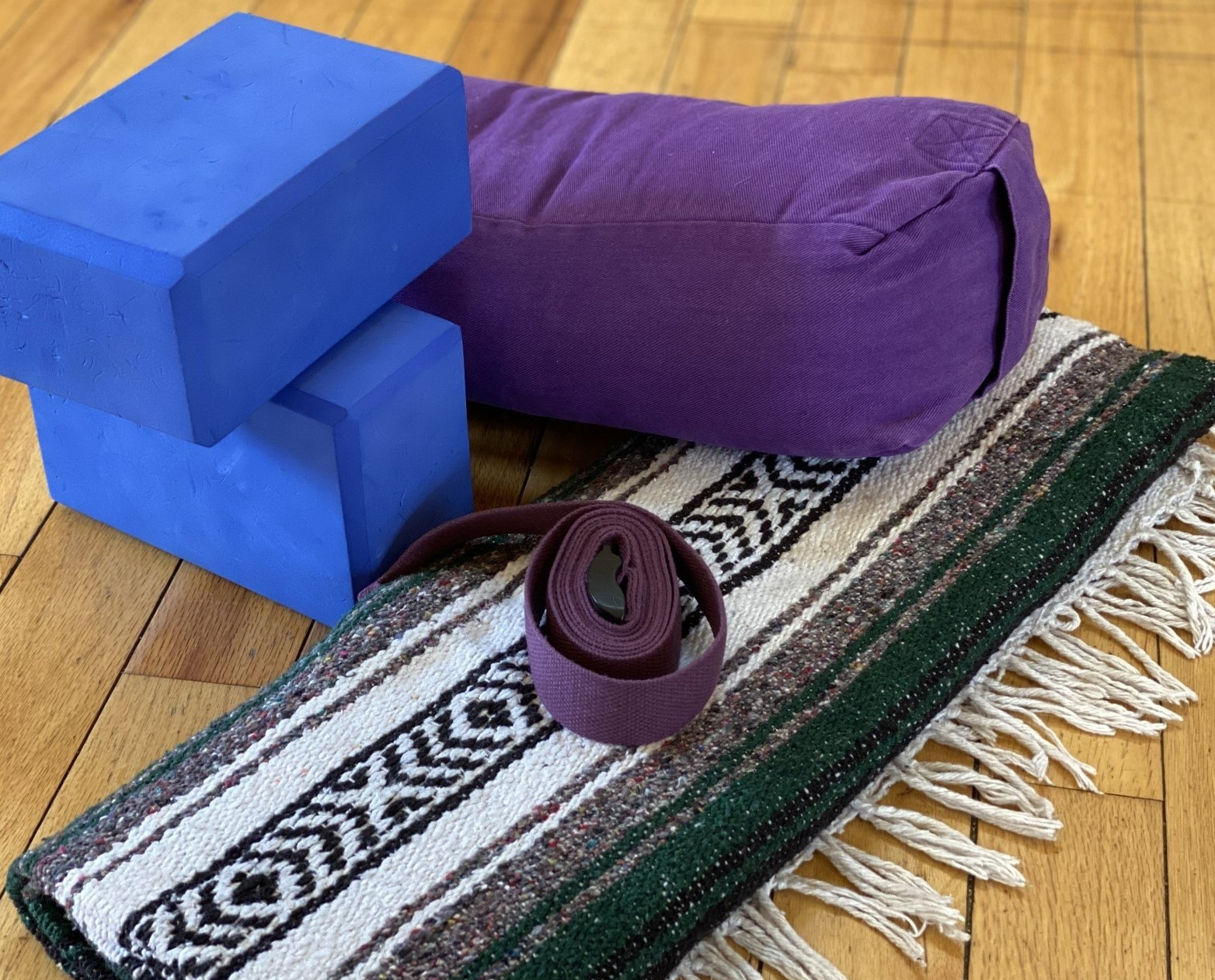
So, you're looking to buy some yoga props, but not sure where to start. Here's a few suggestions and things to consider before spending. I've also included a few links to brands that I've used for years and have come to love!
First Prop Up:
BLOCKS
Whether you're practicing Vinyasa, Yin, Restorative Yoga, or doing some other kind of workout at home, yoga blocks are pretty handy to have around. They are the most versatile yoga prop and one that I highly
recommend to have at home if you and yoga plan to be mates for a while. They can be used to stabilize, support balance, enhance muscle engagement, and improve alignment. The two biggest things to consider when purchasing yoga blocks are size and material.
Size: The most common size yoga block and size that I prefer is 4"x 6"x 9." The 3" blocks tend to be less stable. Unless you have something very specific you want a narrower block for, opt for the bigger size. And get two!
Material: Blocks come in a variety of materials including foam, cork, and, wood. They each have pros and cons:
Foam Pros
- lightweight/easy to move around, least expense, comfortable when laying/sitting on
Foam Cons
- synthetic material, less stable in some postures
Cork & Wood Pros
- very stable, natural material
Cork & Wood Cons
- heavy, may not be as comfortable when laying/sitting on in certain postures, more expensive
What do you plan to use your blocks the most for? Do you want more stability for balance or comfort? This will help you determine which size & material are right for you and your practice style. My favorite are foam blocks (no specific brand, there are tons, and they are pretty much all the same and as low as $9/block, google "foam yoga blocks" and take your pick). I also love my heavier, recycled foam blocks made by Manduka that have bevelled edges. I use these when I need more stability and am not concerned about comfort.
The use of yoga blocks can transform your postures to be better aligned and more comfortable. The list of ways you can use them goes on and on, and can help keep your regular yoga practice alive and interesting. This is my #1 yoga prop to have at home due to it's range of uses and affordability. Plus...have you ever seen a yoga block wear out? I haven't!
Second Prop Up: BLANKETS
Blankets are another staple in a yoga practitioners prop set up. They provide padding, a lift for your hips in seated postures, and are also nice to cozy up with in Savasana, providing an extra layer of warmth and comfort. Having at least one blanket is very useful, if you need more height under your seat or if you like to practice restorative yoga, having 2 or more is best. You've probably seen the traditional, striped, Mexican style blankets before. These are soft, lightly woven, provide a thick cushion that lasts a long time, and are super easy to wash. They look pretty and fold neatly too! These are definitely my blanket of choice to practice with. I've purchased some of my blankets here. A variety of stores sell these types of blankets as well, so be on the look out. If you are looking for a more natural fiber blanket wool may be a good long lasting option. Wool blankets are thick and study, however I find them heavy, slightly itchy, and more difficult to wash. In general you'll want a blanket that is large enough to cover you from head to toe. A common size is 73"x48."
Third Prop Up: STRAPS
A strap designed specifically for yoga postures needs to be long enough to accommodate the length of your arms and legs and study enough to give you the proper feedback and resistance you need. Straps can be used to assist you deeper into a pose by adding an extension to your limbs and they are also a great tool for facilitating flexibility, especially in the shoulders and hamstrings. The buckle on a strap is also key in making a loop for specific postures. In a pinch you can use a belt, scarf, or tie, but they won't have a buckle, most likely won't be the right length, and if they are stretchy, sometimes this can be annoying or useless. When buying a strap, the top things to consider are length, buckle style, width, fabric/material. They also come in a ton of fun color options.
Length/Width:
An 8ft strap will be long enough for most yoga needs. If you are over 6ft tall, you may want to go with a 10ft strap. The one I use the most often is an 8ft ProSource Strap, which has a nice cotton fabric that isn't too flimsy, is 1.5in wide, and is only $6. The only downfall is the plastic buckle can be a little tricky to use until you get the hang of it.
Buckle:
A metal D ring buckle is probably the easiest to use, but personally I hate the sound of a metal buckle hitting or dragging on a wood/tile floor, eeeek!
Fabric:
This is all personal preference. I have a Manduka strap that I rarely use, it's very stiff and sometimes digs into me while doing certain postures. Currently, I have my eyes on the Tumaz Strap
because it's super soft, has D rings, is affordable and comes in a bunch of fun stripped colors. And who doesn't want to gaze at aqua and watermelon while they are stretching tight hamstrings? Seems like a win win!
Fourth Prop Up: BOLSTERS
Bolsters may seem like a luxury item to have, but once you own one, you'll never want to be with out it. They not only provide comfort and cushion, but also serve to help you find better alignment. Lay back into a spacious, reclined, heart opener pose after a long day, support your
forearms and upper body
in a yin style forward fold, or give yourself a boost if your hips are feeling restricted while seated in meditation or pranayama practice.The bottom line is, bolsters are amazing! There are MANY sizes and shapes from square, to round, to rectangular, large, itty bitty, and ginormous. Find one that's just right for you depending on your size, shape, and yoga desires. You may also decide you want more than one to use for different aspects of your practice. Below I've listed the sizes and shapes of the ones that I personally use and love, but again there are a lot to choose from.
Small Rectangular Cotton Bolster - 22"long x 5"high x 8"wide. For those of you who practice with me in Bradford, this is the purple bolster.
Supportive Rectangular Cotton Bolster - 24"long x 6"high x "wide. For those of you who practice with me in Bradford, this is the dark blue bolster.
Find one that has a soft, washable cover, and overall feels pretty firm when you squish it.
Happy Shopping. Props to you! Enjoy your practice.
